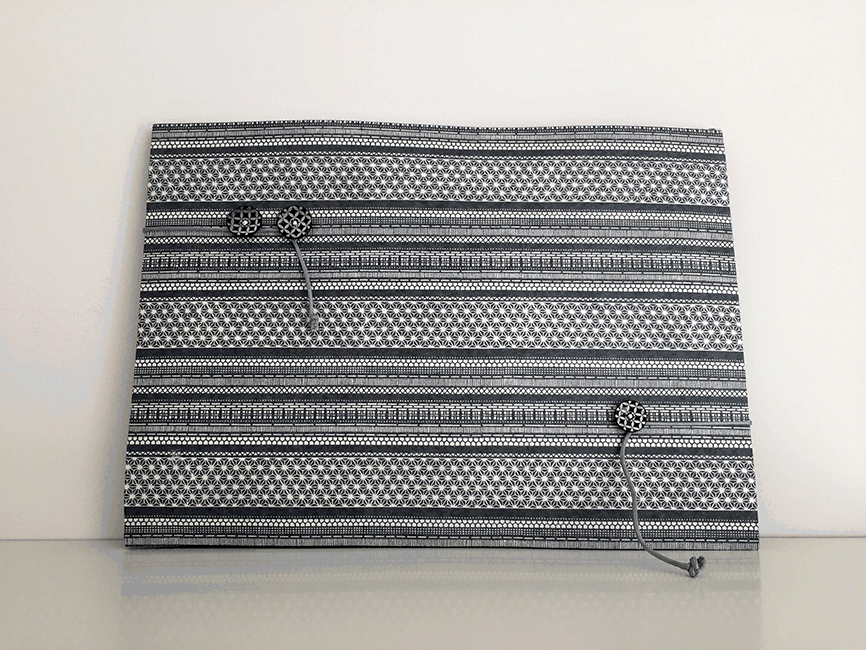Nancy Lamontagne
L’espace d’une année
Fluidité aérienne du trait : d’un pinceau à calligraphie ou de l’ombre dense d’une architecture.
Analphabétisme : là où la voix de l’humain est semblable à celle des oiseaux, où le caractère d’écriture se fait image et ne représente pas qu’un son, mais des idées entières.
Ici, le livre devient objet : espace d’un discours ou compagnon de voyage.
Pli et repli, face extérieure et face intérieure : d’un papier, d’un kimono, d’une culture, d’un pays.
Des origamis posés ou suspendus, qui racontent le temps : linéaire ou circulaire.
Le ballet des saisons : en noir et blanc.
Ferrovipathe.
La force du cerisier et la légèreté du lutteur de sumo.
Japon
Je tiens à remercier:
Les copines et mes sensei de langue japonaise et de calligraphie, pour leur amitié et la générosité avec lesquelles ils m'ont permis de découvrir leur culture si riche et si belle;
La bibliothèque municipale du quartier de Magome et le bureau municipal du quartier de Ota, pour l'exposition des œuvres;
La Société de développement des entreprises culturelles pour son soutien à la recherche-création.



L’espace d’une année
Aerial fluidity of the line: a stroke of a calligraphy brush or the deep shadow of the architecture.
Illiteracy: where the voice of a human is like that of birds, where the writing character becomes an image and does not represent just one sound, but whole ideas.
Here, the book becomes an object: a space for a speech or a traveling companion. Fold and unfold, inside and outside: of a paper, a kimono, a culture, a country. Origami placed or suspended, which tell the story of time: linear or circular.
The ballet of the seasons: in black and white.
Railway enthusiasm.
The strength of the cherry tree and the lightness of the sumo wrestler.
Japan
I would like to thank:
My friends and my Japanese language sensei and my calligraphy sensei, for their friendship and the generosity with which they allowed me to discover their rich and beautiful culture;
The municipal library of the Magome district and the municipal office of the Ota district, for the exhibition of works;
The Société de développement des entreprises culturelles for their support in this research-creation.







